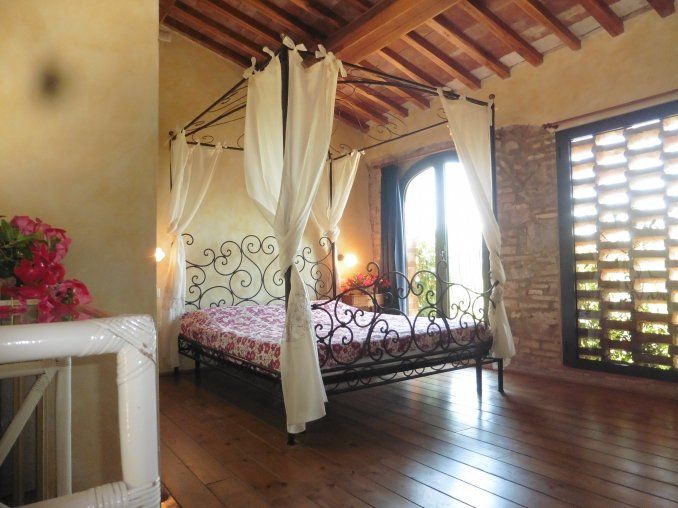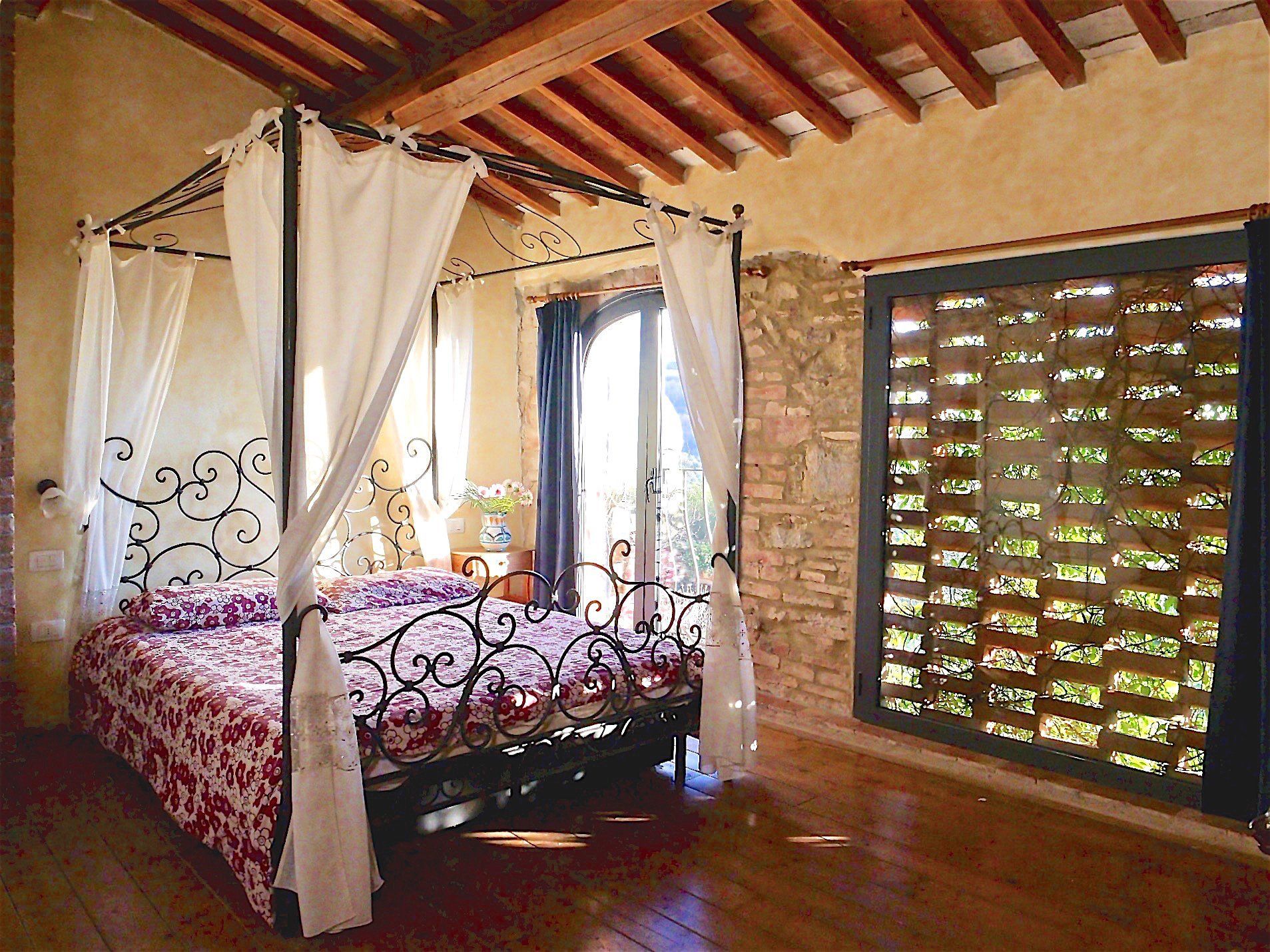Carrara

Slide title
Scrivi qui la tua didascaliaButton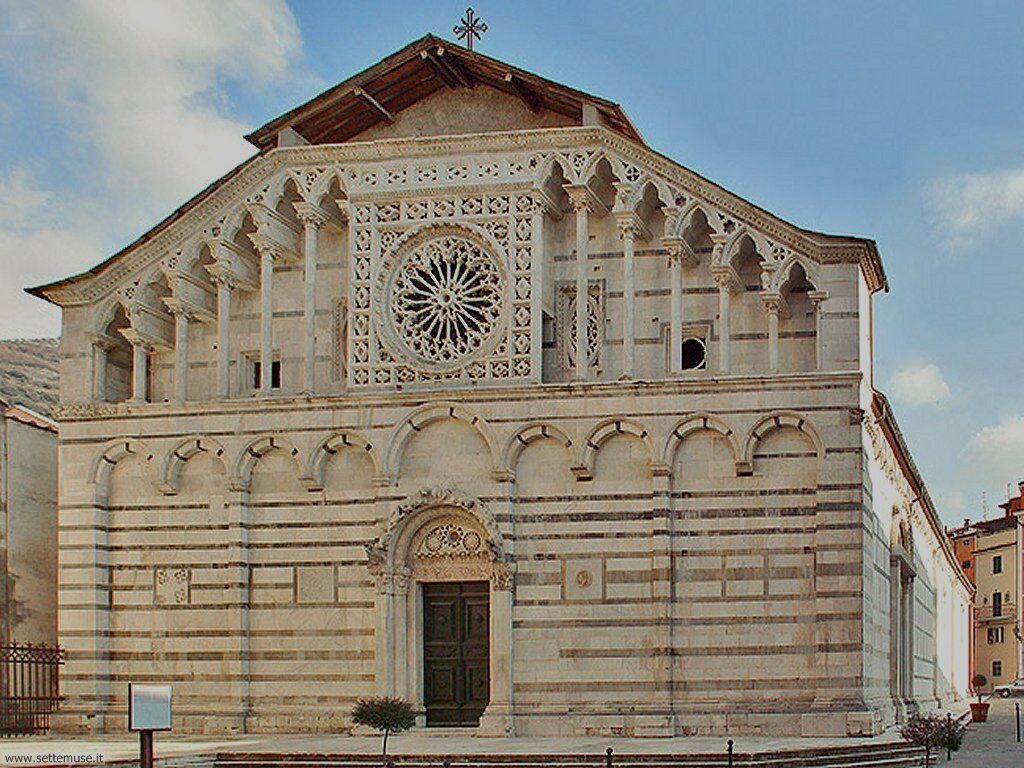
Slide title
Scrivi qui la tua didascaliaButton
-
Carrara - Curiosity - The strength of the wheel
The Carrara community has always shown great attachment to the wheel. It appears as an architectural motif on the cathedral façade and at the bottom of one of the small Gothic windows
around the building. The emblem appears, once again, in Piazza Alberica’s marble paving and it is also thought to be the inspiration behind the fountain in Piazza Gramsci.
The city’s coat of arms features a wheel with the eloquent wording “Fortitudo mea in rota” (Latin for “My force is in the wheel”). In search of an explanation for this choice of motto, we look to the local economy, which was heavily dependant on the marble mining industry. Blocks of marble would be moved for processing from the quarries to the plane and then to the sea for onward shipping.
Heavier blocks would be transported on large carts, pulled by 15-20 pairs of oxen - an arduous and risky mission. To support the weight and withstand the unevenness of the ground, very sturdy wheels would have to be used, often with iron casting.
These wheels have remained a symbol of the city’s strength and tenacity, qualities that have given Carrara its status as the marble capital of the world.
Carrara and the Wheel of Piazza Alberica
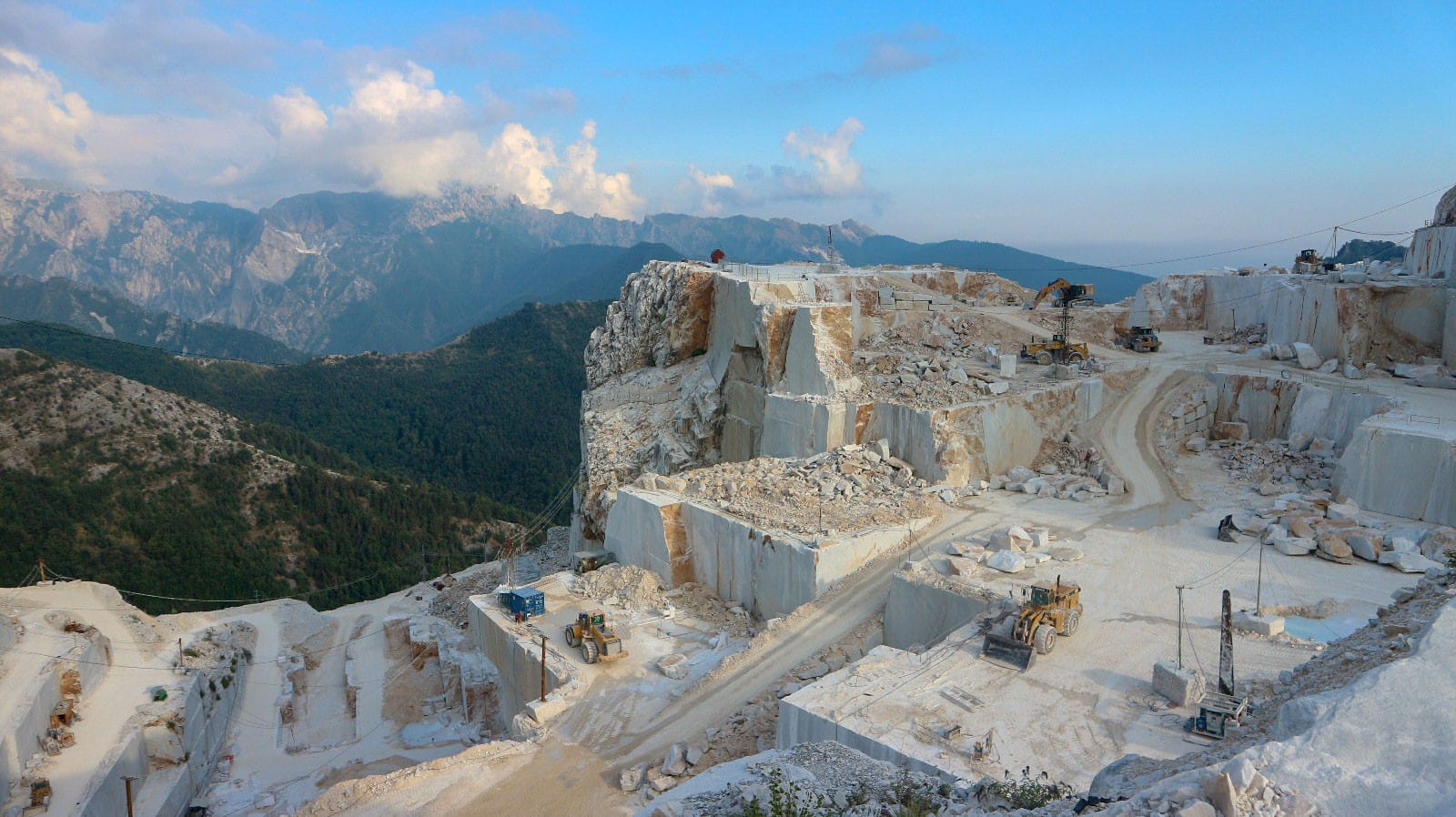
Slide title
Scrivi qui la tua didascaliaButton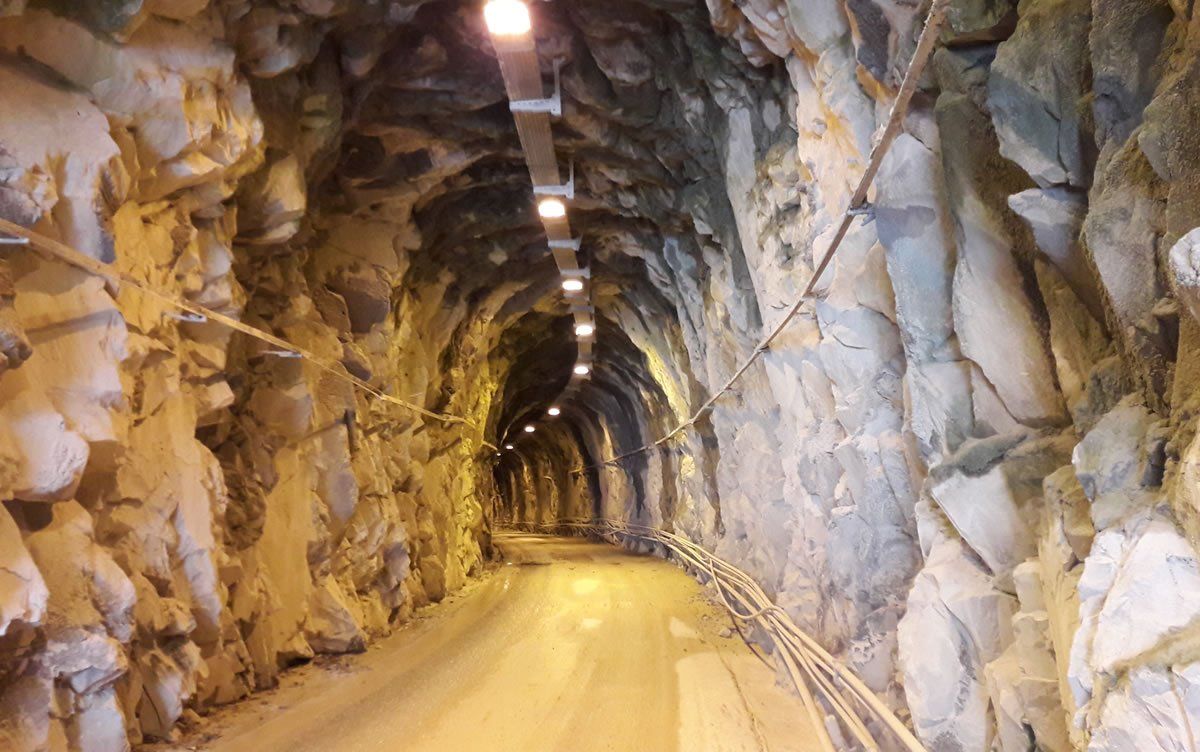
Slide title
Scrivi qui la tua didascaliaButton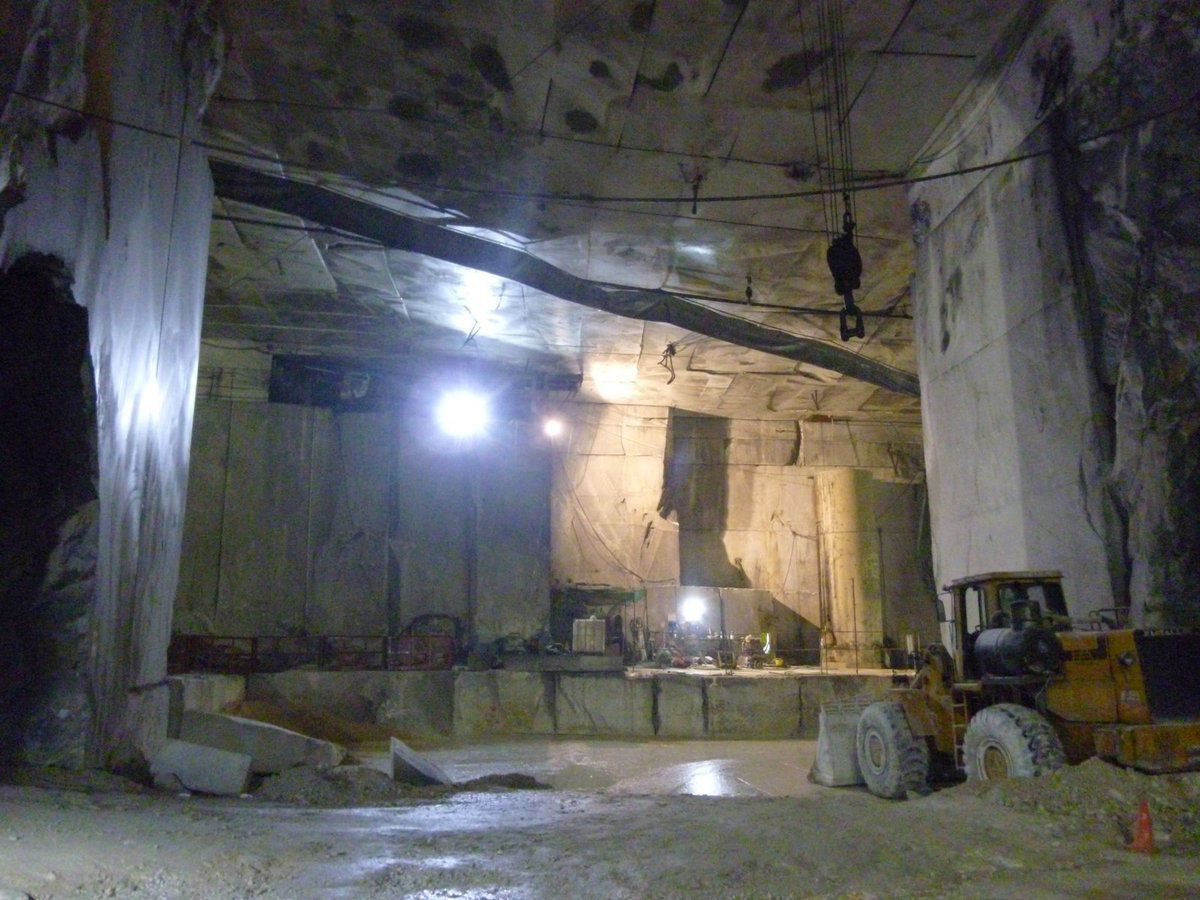
Slide title
Scrivi qui la tua didascaliaButton
-
Carrara - Marble Quarries
A tour of the three marble fields of the marble quarries of Torano, Fantiscritti and Colonnata is an unforgettable and unique experience. Along the track of the former Ferrovia Marmifera or marble railway, you will enjoy a spectacular journey, across the Vara bridges and into the quaint tunnels dug into the rock in search of the quarries, from which white Carrara marble has been quarried since pre-Roman times.
From the Imperial Age to the mid-XX century, when the first roads up the quarries were built, the blocks used to be carried down with a dangerous method, known as lizzatura: the marble was taken to the port of Luni along the Via Carraia on ox-pulled carts (a pageant is held in August to recall this lizzatura).
Field of Torano
Of the three fields, the field of Torano is the most “moonlike" one, because many sections of the mountain are heavily cracked. It takes its name from the village of Torano, a charming hamlet near the famous quarries of statuary marble, which have shaped the dreams of the greatest artists since the fourteenth century. Entering the field, about one kilometer past the village of Torano, on the west side you can find the group of the quarries of Pescina, which are entered from the previous junction for Pulcinacchia, while on the east side you will find the famous quarrries of Crestola, which close, on the west side, the natural funnel leading into the field of Torano.
Field of Fantiscritti
It is the heart of the marble fields of Carrara: it shows up all of a sudden, as soon as you pass the slopes of Mount Croce, just above the hamlet of Miseglia.
Its charming view of the Vara Bridges is a classical visual stereotype in the Carrara quarries: an impressive overview, both during daytime on a sunny midday or in the magical atmosphere of the night, when the moon makes shades deeper and the rocks send out a soft light.
Here you can find the two historical XIX-century bridges (1890) of the Ferrovia Marmifera (Marble Railway) — one of the most admired accomplishments of last century’s railway engineering — with the carriage bridge finished in the Thirties. The Ferrovia Marmifera, which used to carry marble down the valley, connected the three marble fields of Turano, Miseglia and Colonnata through a sequenee of daring viaducts, bridges and tunnels.
Once up again, along the asphalted carriage road, after a couple of hairpin bends, you will reach Poggio di Fantiscritti, where a modern square hosts concerts and shows during the summer. On the west side of the square, get into the former railway tunnel, and, after about two hundred meters, you will be in the picturesque
underground quarry of the Ravaccione tunnel, a huge cathedral dug into the heart of the mountain.
Field of Colonnata
It is the easternmost of the three fields of Carrara; moving back up the municipal road to Colonnata from the iron bridge (built in 1875), one of the oldest of the Ferrovia Marmifera, you will see many sawmills, heirs to the original XVII-XVIII-century slabcutting plants which in the old times used to be operated by the driving power of water. Past Mortarola, the ancient end of the old carriageways, you will find Bedizzano, then go on for Colonnata.
After walking for about one kilometer into a thick chestnut wood, here is a magnificent specimen of open-pit quarry, a few dozens meters deep. In this field, on top of the mountain, stands the largest complex of quarries in all the area of Carrara: the quarries of Gioia.
You can even go higher up, obviously on foot, along the dirt road climbing up to the top of the mountain to enjoy an unrivaled overview of the quarries of Gioia, and on the background the Massa-side of the Apuan Alps unwinding in a semi-circle.
If you feel up to it, you can take an easy fifteen minutes walk to enjoy a wide view of the tall ridges of the Apuan Alps, in particular the Tambura where you can catch a glimpse of the slow, winding XVIII-century Via Vandelli, tiny villages climbing up the slopes of the Frigido valley, and on the other side a spectacular as well as unusual view of Colonnata and Mount Maggiore.
Carrara Marble Quarries - Tips for visiting the Fantiscritti Torano and Colonnata Marble Basins
Slide title
Scrivi qui la tua didascaliaButton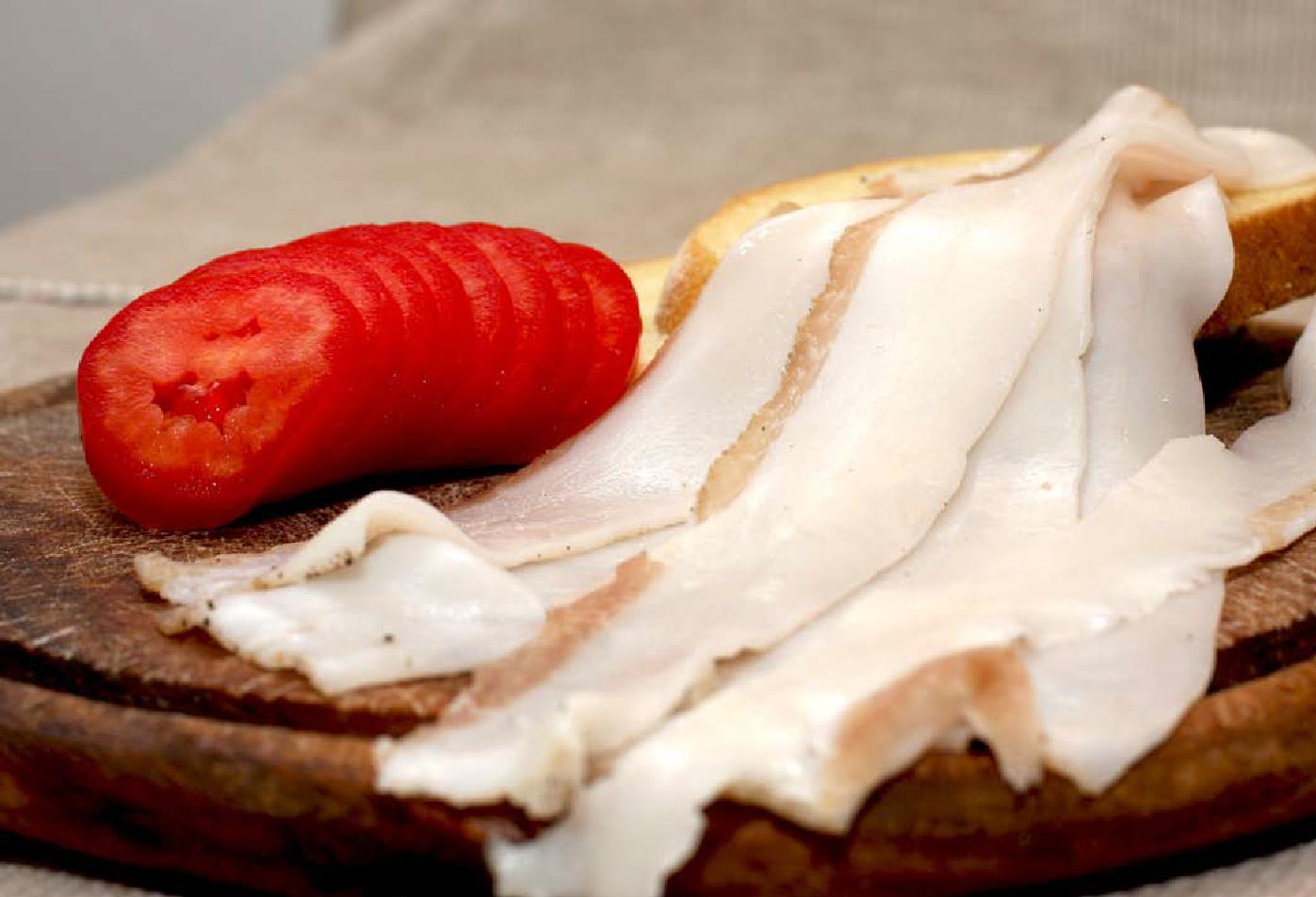
Slide title
Scrivi qui la tua didascaliaButton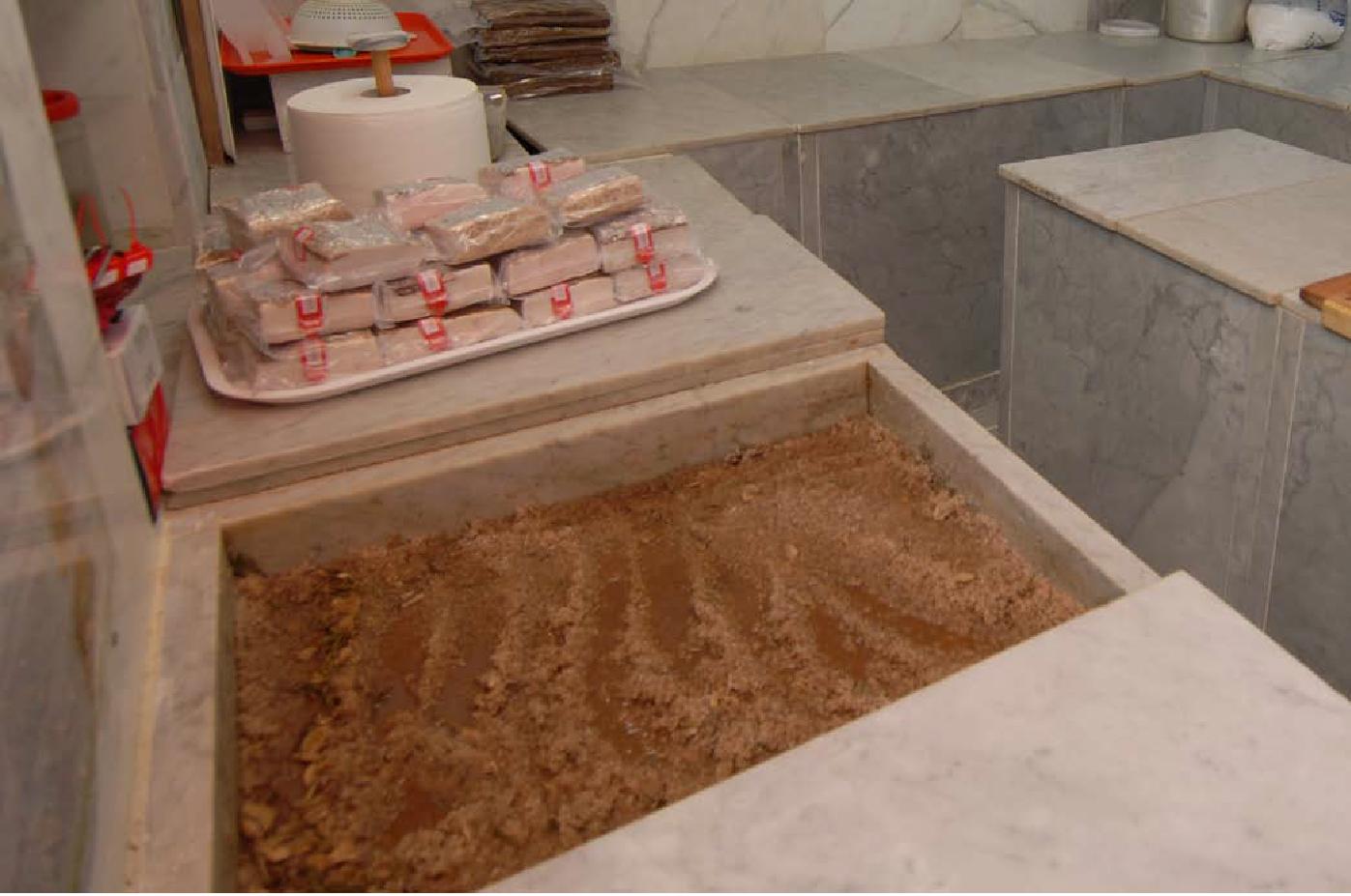
Slide title
Scrivi qui la tua didascaliaButton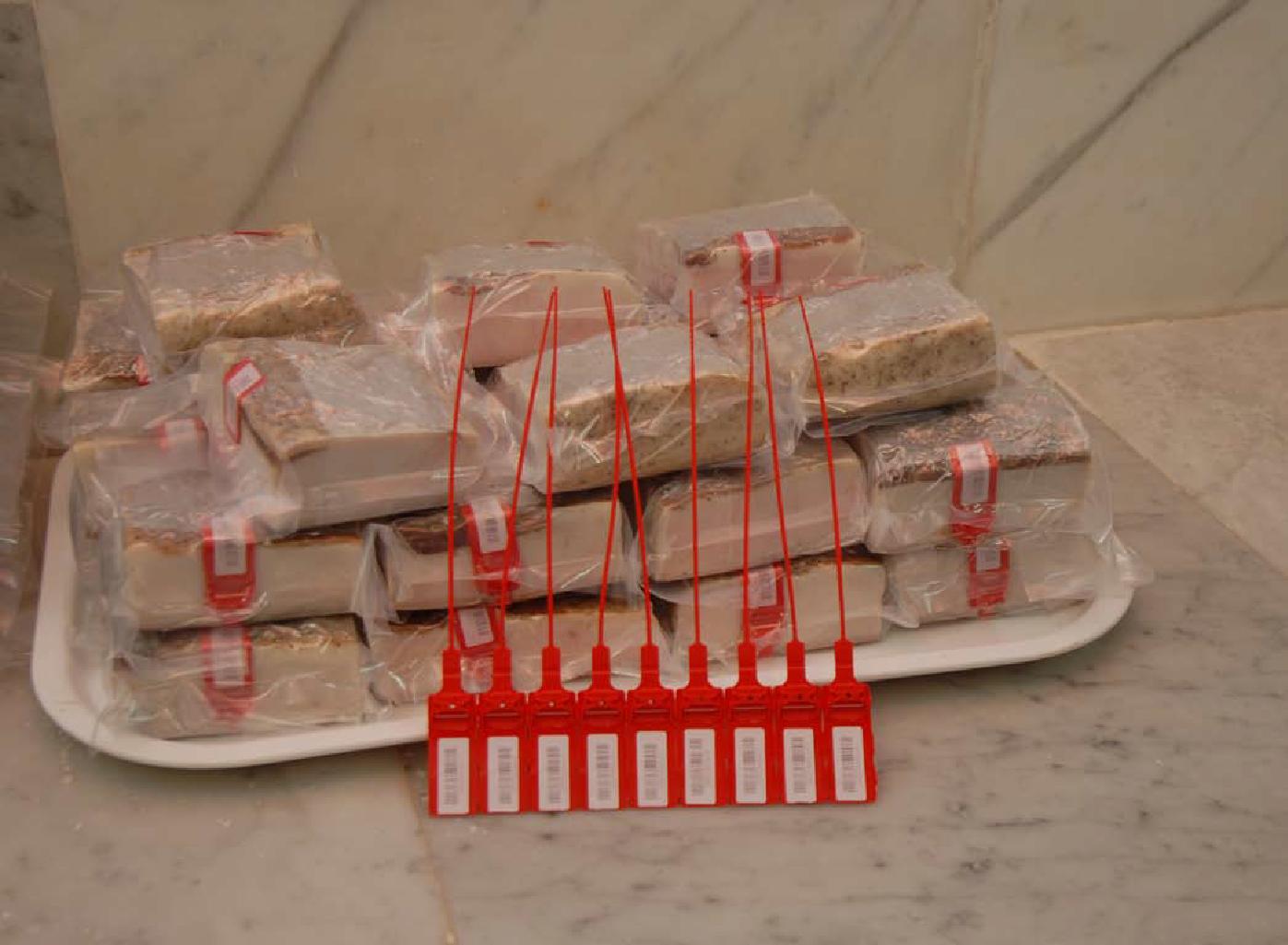
Slide title
Scrivi qui la tua didascaliaButton
-
Lardo di Colonnata
Colonnata is a small village at the feet of the Apuan Alps, in the province of Massa Carrara, known for its marble caves and the production of a characteristic cured meat once used as the traditional bread and butter of the quarrymen: the lard of Colonnata. Today the lard is one of the highlights of typical Tuscan products, one of the most delicious and delicate cured meats derived from pork processing. Traditionally sliced thinly and then eaten with toasted bread or fresh tomatoes, this tasty morsel has a unique recipe that is deeply linked with the area. The lard is obtained from the fatty layer of the pig’s back, accurately trimmed and processed according to an old tradition and secular experience. The most unique element is the seasoning in suitable marble bowls, where the lard is laid down in layers with garlic, flavourings, coarse sea salt, black pepper, rosemary, sage and other herbs, and kept for at least six months. The unique preparation and therefore the typicality of the cured meat is associated with the particular characteristics of the transpiration and impermeability of the marble extracted in the Colonnata area. The lard has in fact been certified as a Igp product (Protected geographical indication).Its processing system, unchanged for hundreds of years, was the cause of a long diatribe for the protection of hygiene standards and the organoleptic composition of the product, but in the end the value of history and tradition prevailed over everything else.
-
Where to buy it
Lardo di Colonnata is highly appreciated and widespread throughout Tuscany. It is easily found in every gastronomy, even in supermarket delicatessens.
For those wishing to buy it directly from the producer, it could be a good opportunity to go and visit the city of Carrara and go as far as Colonnata to buy the precious lard.
Lardo di Colonnata. Brief history and where to buy it



